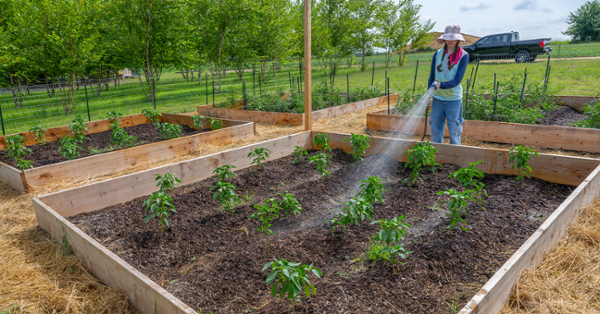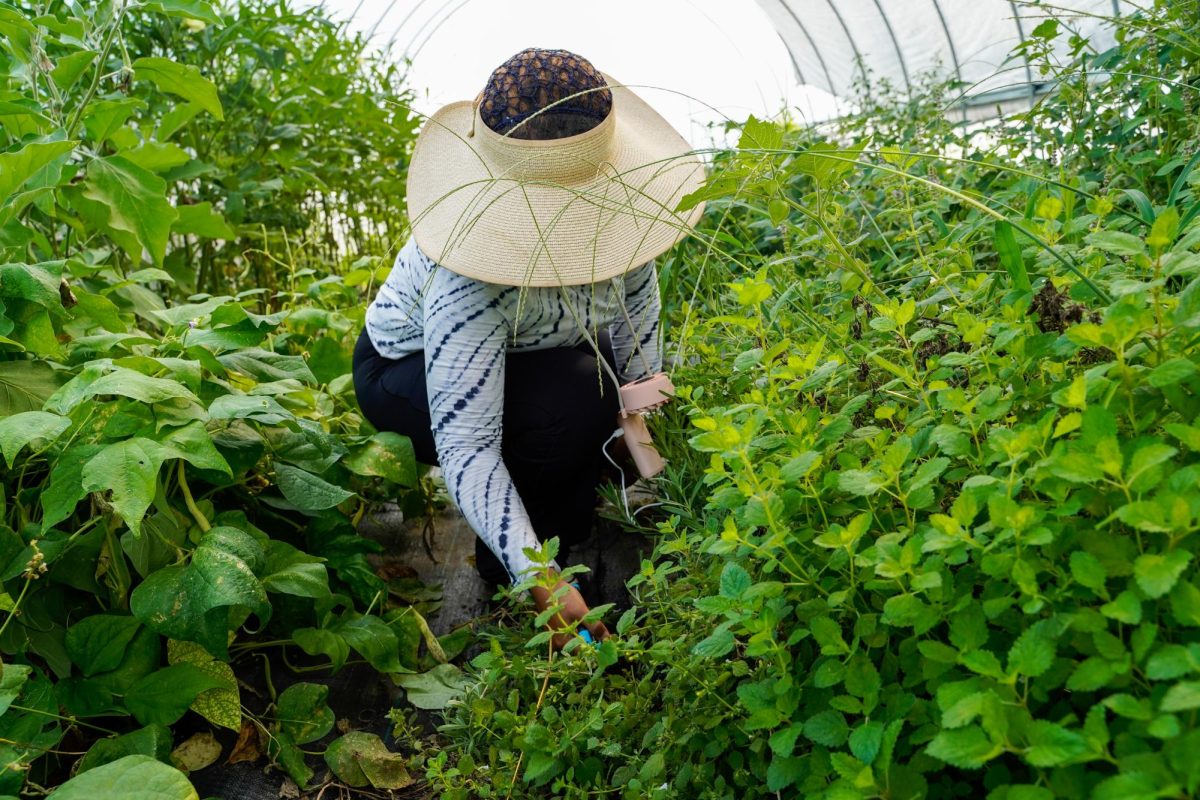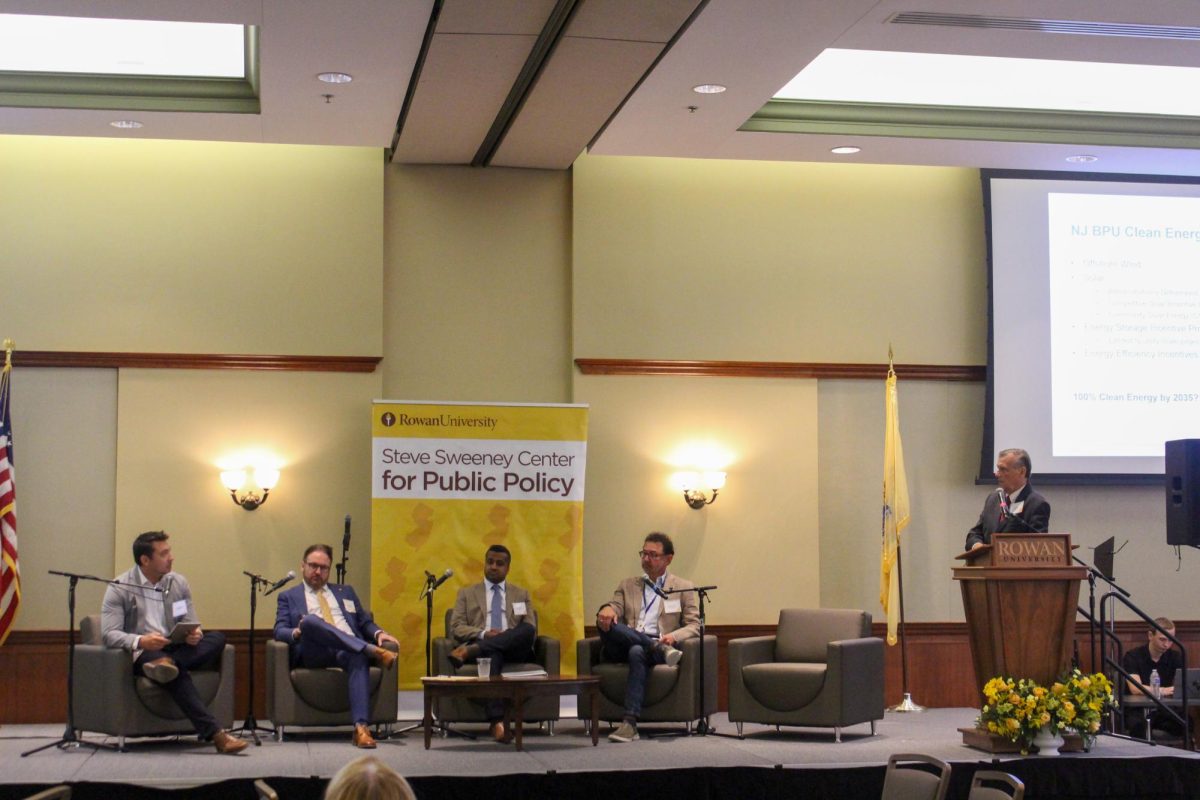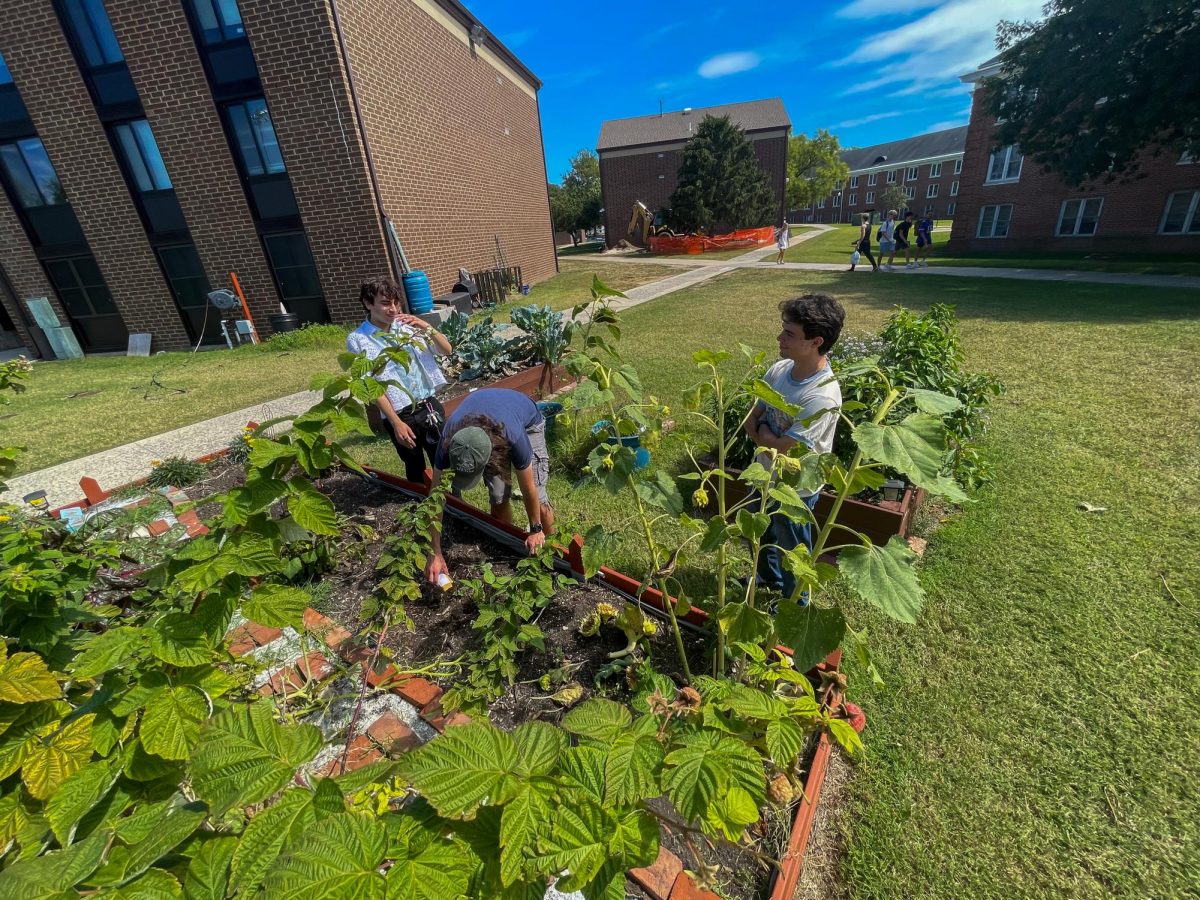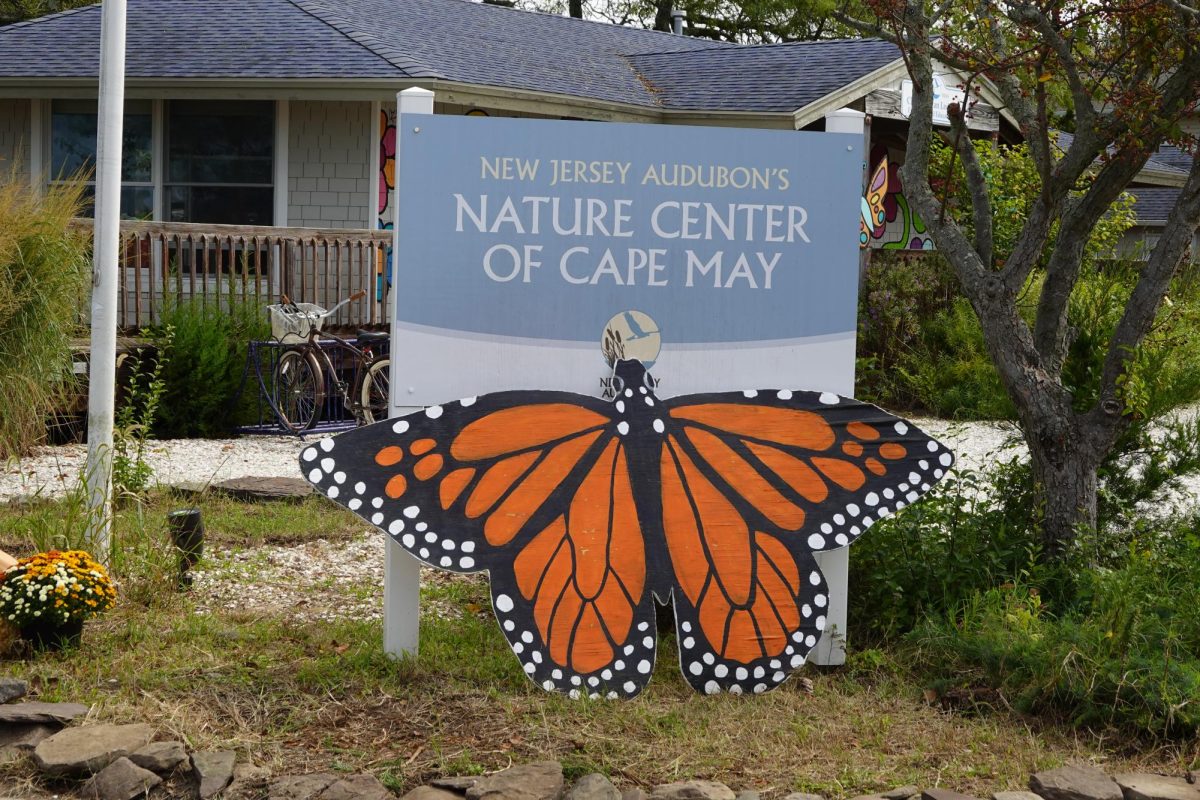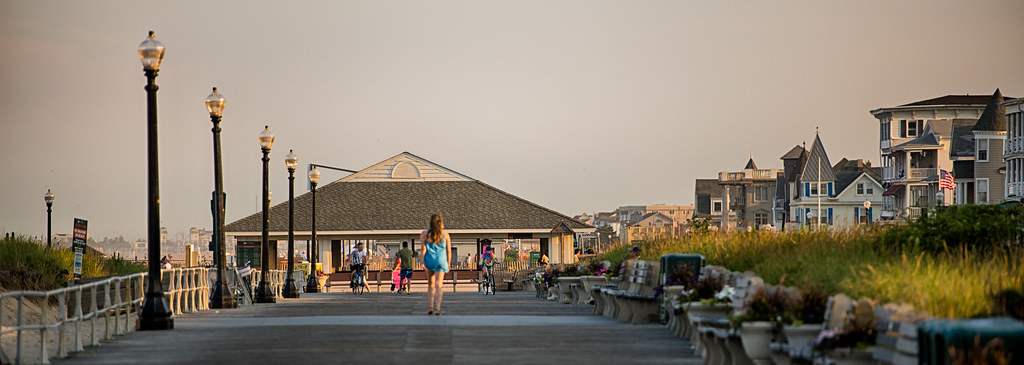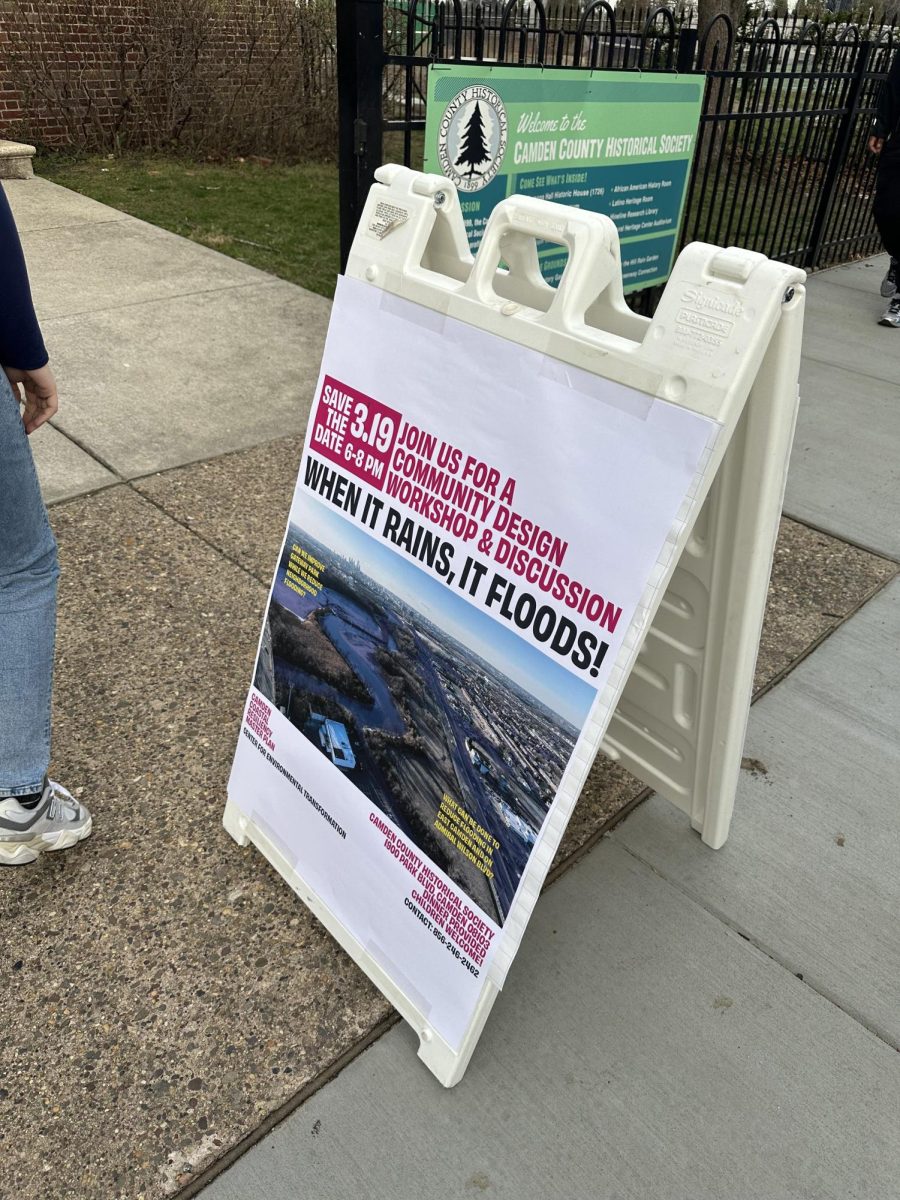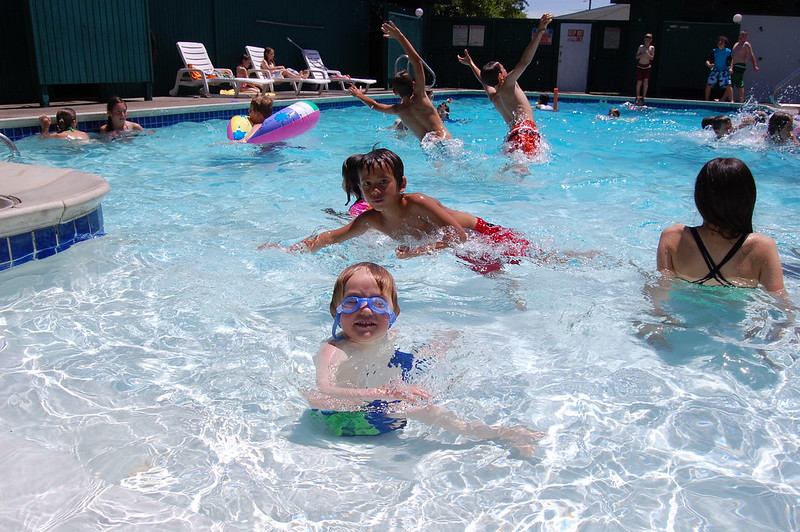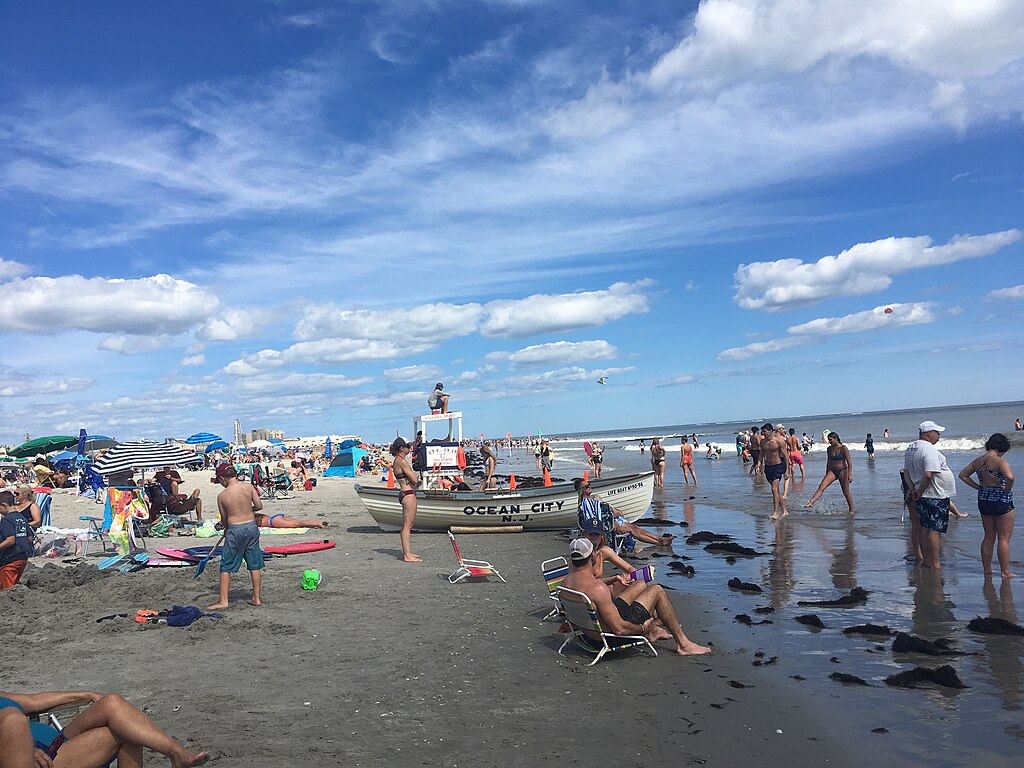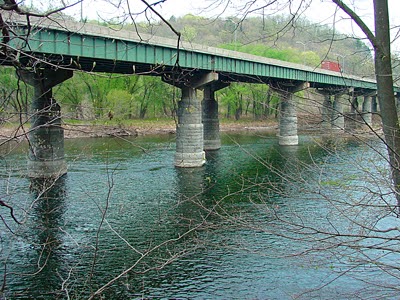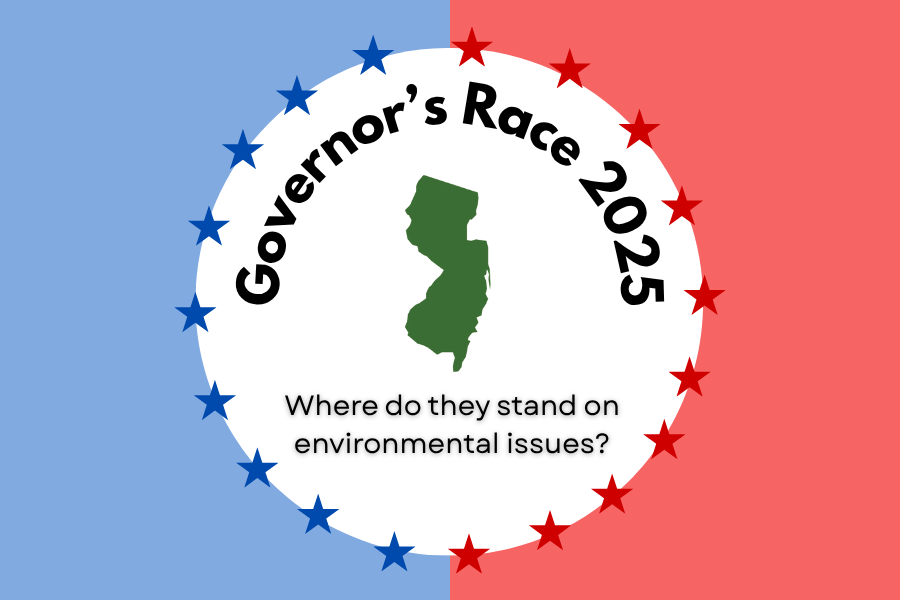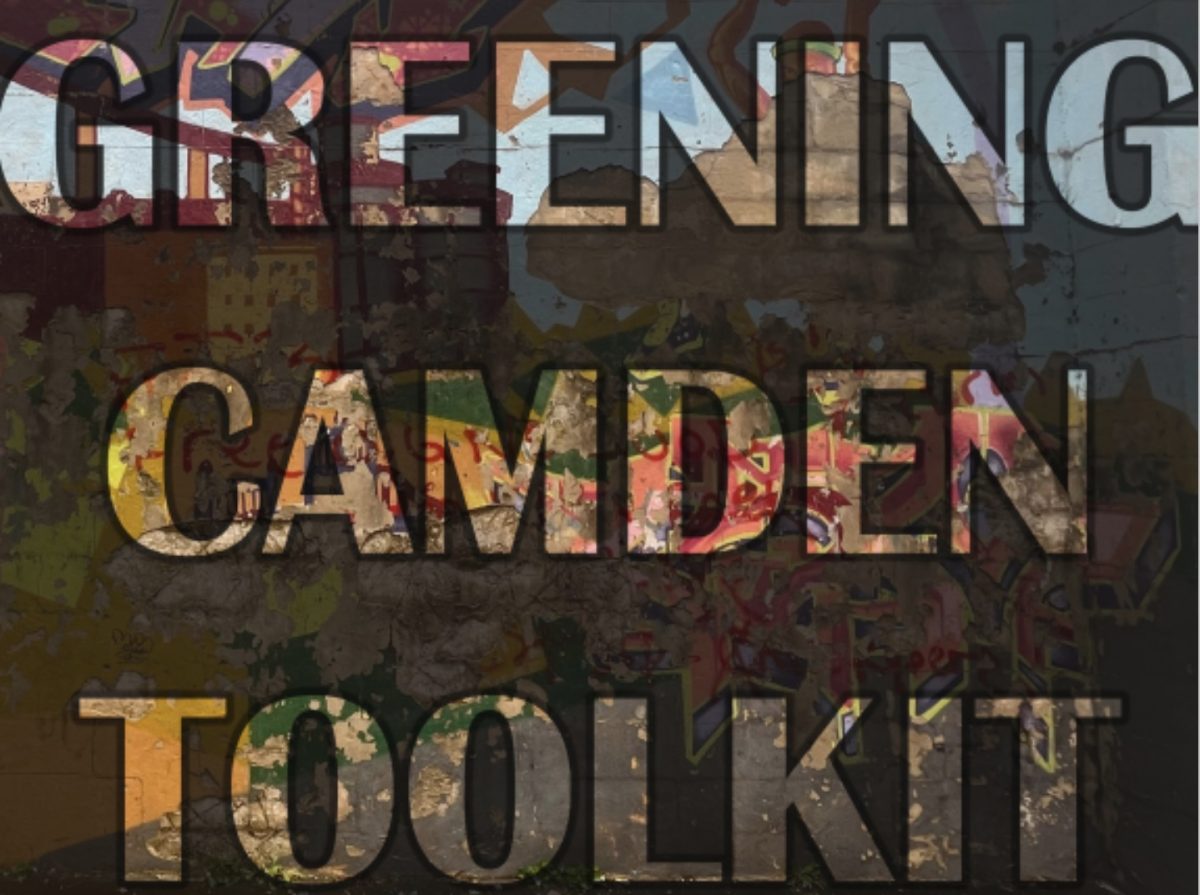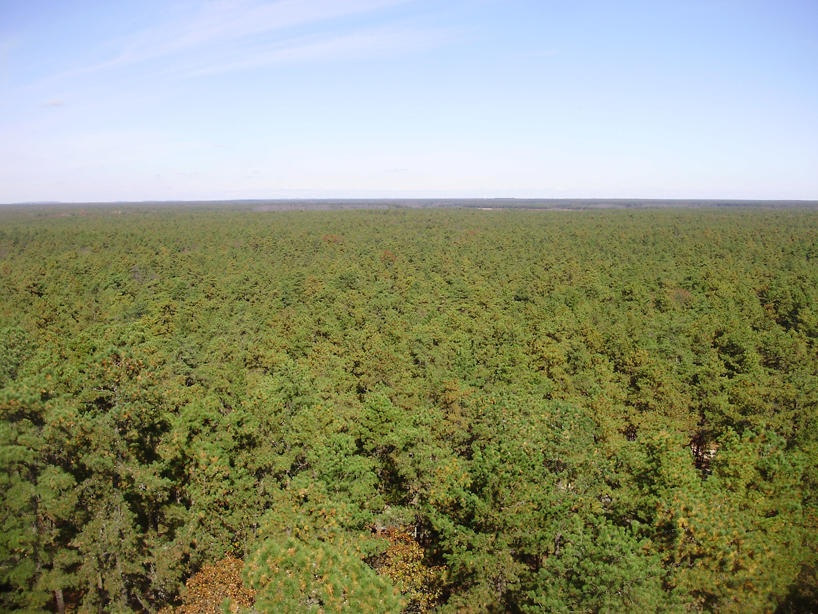Each winter, New Jersey residents track the frigid temperatures and grab their hot cocoa in preparation for the cold days ahead. Bundled in big winter coats, New Jerseyans often anticipate the cold temperatures and the possibility of a snow day. As each winter passes, and people face disappointment after not having those highly anticipated snow days, many individuals are left wondering where all the snow in New Jersey has gone.
Despite the thought that thousands of people have about decreasing snow levels, the data show differently. Many social media users have turned to Reddit to tell others about their frustrations with New Jersey Winters.
On a Reddit thread entitled, “Why does south jersey never get any snow anymore?,” Reddit user, Siegah, wrote, “It’s barely anything…What changed? Are we getting any this year? I kinda miss it.”
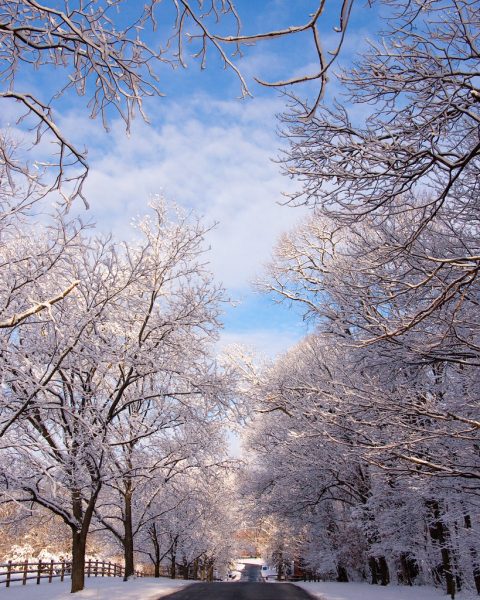
(Nathan Siemers)
While New Jersey residents may think that the state is not experiencing as much snow compared to previous years, that idea is false and will likely be false for many years to come due to the higher temperatures and more moist climate. With a moister climate, there can be more precipitation held in the atmosphere, meaning more snow is produced, resulting in stronger snow storm.
Snow and climate change in New Jersey
Climate change is unfolding across the globe, but the United States is seeing and will continue to see the effects of climate change as time progresses. While all 50 states are seeing the first hand effects of climate change, New Jersey is one of the fastest warming states in the country. From continuously rising sea levels, to changing precipitation patterns, residents of the Garden State are actively seeing the effects of climate change.
New Jersey locals may see the effects of climate change, but recent snowfall has not been affected by the current climate crisis.
“It’s somewhat counterintuitive, because New Jersey is getting warmer, but there has not been any significant trend towards increasing or decreasing snow,” said New Jersey Climatologist Dr. David Robinson.
South Jerseyans may assume that their snow shovels are collecting dust and New Jersey is not getting the average snowfall but the state has actually seen a gradual increase in snow over the last few decades.
“We actually have seen a little more snow in recent decades compared to previous decades,” said meteorologist and president of Cup A Joe Weather and Drone, Joe Martucci.
Snowfall patterns are changing
The amount of snow in New Jersey has not drastically changed, but there have been changes in snow patterns.
In recent years, South Jersey has seen heavier and more extreme snow storms compared to previous years. With the warmer climate due to climate change, the atmosphere also warms, allowing for more moisture to make more snowflakes. By producing more snowflakes, there will be heavier snowfall, resulting in extreme storms.
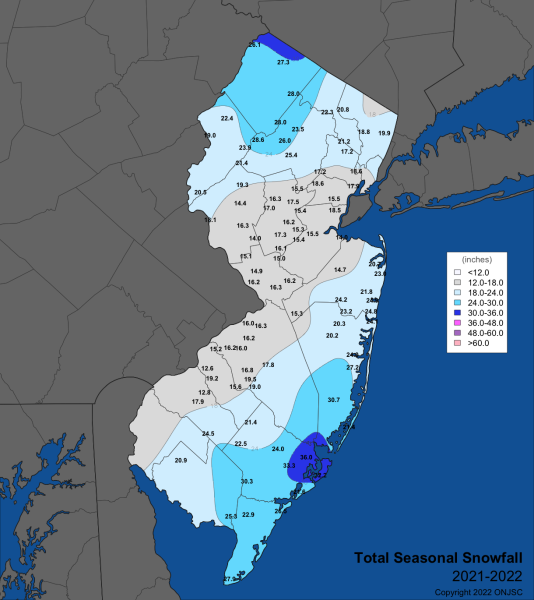
“There’s definitely been a trend towards, when we do get a new storm, it’s more likely to be one of those extreme snow storms that’s definitely been happening,” said Dr. Steven Decker, director of the Meteorology Undergraduate Program at Rutgers University.
As the climate warms, there will be a warmer atmosphere, meaning more water vapor in the air. With more water vapor in the air, the atmosphere will be more moist, resulting in more moisture to make more snowflakes. When more snowflakes are made, the snow storms South Jersey experiences will likely be stronger than years prior.
Climate change is actively occurring, but it is difficult to see how it is affecting snow since there has been a slight increase in snow compared to previous years. While there has been an increase in snow it leaves New Jerseyans pondering a question: “How come there is a misconception that New Jersey is experiencing less snow than usual when there has actually been an increase in snow?”
While there may not be a definitive answer, experts have their explanations. On one hand, people may think that the snow level in New Jersey has decreased because of the efficiency of the recent snow cleanup process.
Snow cleanup has come with a plethora of trials and tribulations throughout history. With the invention of the snow plow, counties have been able to easily plow their streets but this wasn’t always the case. The snow plow was invented in 1913, but it wasn’t until recent years when people often expect the roads to be plowed.
“When the roads aren’t down to the blacktop in 12 hours, people complain,” Robinson said.
“So the art of snow removal and ice removal has increased, as has the expectations of the public…I remember riding on rugged roads, so there was a lot of snow and ice, but it’s because they didn’t know how to clear the snow off the roads very well. So there’s a lot of perception involved in this.”
That isn’t the only prediction made by scientists. Many South Jersey locations have seen snow that quickly melted due to decently high winter temperatures. With the snow sticking for a limited time, locals may come to the conclusion that their state isn’t seeing as much snow.
This phenomenon is unfolding in Cape May County.
“Eight plus inches of snow fell in Cape May, the far south of the state. It was gone within like 36 hours, because warm air moved in and ‘bam,’ it’s gone,” said Robinson.
The future of snow in New Jersey
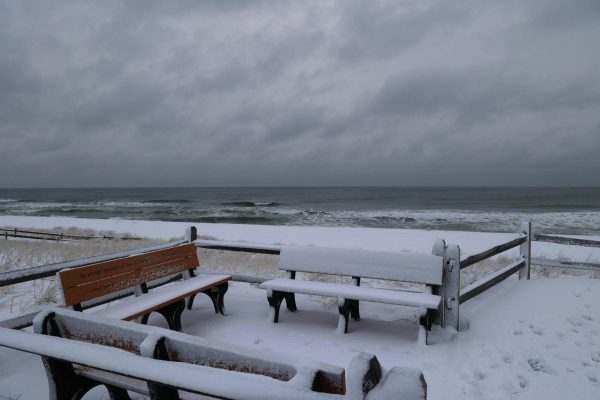
There may be a preconceived idea that South Jersey isn’t experiencing as much snow as previous decades, but this is simply a theory that is scientifically untrue. New Jersey snow may not be seeing active changes due to climate change, but that may not be the case for the far future.
In the next few years, scientists expect snow levels to continue to stay at the average they are now, if not even rise due to more moisture being held in the clouds due to more moist conditions. This may be the case for the next few years, but due to rising temperatures related to climate change, snow levels will eventually see a slight decrease.
“Maybe over the short term, having these extreme snow storms will continue to happen,” Decker said. “But at some point, if the trend continues, we get so warm… they just become more and more rare. And so the averages start to go down. I think at some point our averages will start to go down, to get too warm to really support any snow storms in the winter time.”
For now, the snow levels and patterns in New Jersey aren’t decreasing, there have just been changes. Changes like more efficient snow plowing and quickly melting snow have driven the perception of less snow for South Jersey residents. It may seem that snow shovels are collecting dust and are no longer needed to live in the Garden State, but residents shouldn’t throw them away just yet.


